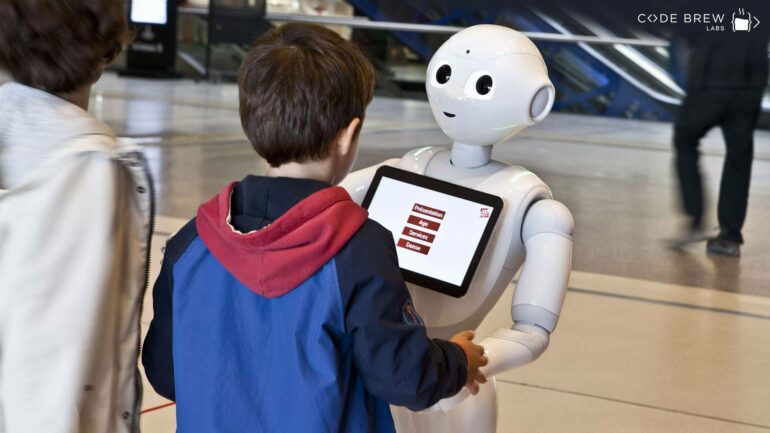As artificial intelligence systems play a bigger role in everyday life, they’re changing the world of education, too.
OpenAI’s ChatGPT, Microsoft’s Bing and Google’s Bard all come with both risks and opportunities.
I am a literacy educator and researcher, and here are four ways I believe these kinds of systems can be used to help students learn.
1. Differentiated instruction
Teachers are taught to identify the learning goals of all students in a class and adapt instruction for the specific needs of individual students. But with 20 or more students in a classroom, fully customized lessons aren’t always realistic. Everyone learns differently.
An AI system can observe how a student proceeds through an assigned task, how much time they take and whether they are successful. If the student is struggling, the system can offer help; if the student is succeeding, the system can present more difficult tasks to keep the activity challenging.
This type of real-time feedback is often difficult for an educator or school to do for a single student, let alone an entire class or campus. AI adaptive learning tools have been shown to quickly and dynamically make changes to the learning environment, content, and tasks to help individuals learn more and quickly improve.
For instance, researchers at the Human-Computer Interaction Institute at Carnegie Mellon University taught a system how to solve a math problem. The system can follow instructions from a human supervisor to understand mathematical rules and adapt its approach to problems it has never seen before. The system can also identify areas where it had to make multiple attempts before arriving at the correct answer, flag those for teachers as places human students may get confused, and highlight methods the system used to more efficiently arrive at the right answer.
2. Intelligent textbooks
Researchers at Stanford have been developing and testing a prototype of what’s called an “intelligent textbook,” titled “Inquire.” It is an iPad app that monitors students’ focus and attention while they read by paying attention to how students interact with the app. The interactive text includes definitions of key words accessible by touch or click and allows students to highlight and annotate while reading.
The textbook can also suggest questions about the content and areas for future inquiry that are customized for each individual. It can change the reading level of the text and also include supplemental photos, videos and materials to help students understand what they’re studying.
3. Improved assessment
Educational assessment focuses on how an educator knows whether a student is learning what is being taught. Traditional assessments – essays, multiple-choice tests, short-answer questions – are little changed from a century ago. Artificial intelligence has the potential to change that by identifying patterns in learning that may not be apparent to individual teachers or…



